In a prior article Lightspeed Aviation considered the question, “Is general aviation dying?” It’s a question we’ve heard asked and often from a place of concern. We dug into the data and were happy to find that general aviation (GA) is not dying. In fact, the industry is growing with more hours flown, a larger active fleet, and more aircraft sales. However, there’s data and there’s experience, so we spoke with veteran pilots and flight instructors to hear their perspectives and insights.
What Does GA Look Like from the Inside?
In general, the pilots we spoke with didn’t have concerns about the future of the industry. Tyler Koonce, who works in general aviation for a corporate flight department said, “I don’t believe general aviation is dying. I think like anything it’s evolving and changing.” Jeff York, Chief Pilot at the Aero Club at the United States Air Force Air Academy agrees: “It’s not my experience [that GA is in decline] and I’m not worried about it.” Jeff mentioned some of the current changes in aviation, especially MOSAIC, as reasons to be optimistic about the future of GA. MOSAIC (Modernization of Special Airworthiness Certification) is the FAA final rule that expands access to general aviation and modernizes how light sport aircraft are defined and certified.
Carl Hancock, the host of the Fly With the Guys YouTube series, shared that from his perspective, “There’s not as many people picking up those reins and starting [recreational] flying.” But, he also pointed to MOSAIC as a good reason to think that more people will fly for fun, and he said that creators in social media are doing a decent job of showing the fun side of aviation and achieving some of the same goals he has of inspiring new pilots.
GA has breadth too, there are many ways to be paid to fly outside of the airlines and within GA, and the businesses that support the category create over 1.3 million jobs according to a PwC US Tax LLP study published in 2025. Tyler Koonce told us, “My experience since beginning flying in 2019 is continual growth. At my flight school in Florida, we saw enrollments continue to increase . . . and we’re seeing a lot of growth on the business side.”
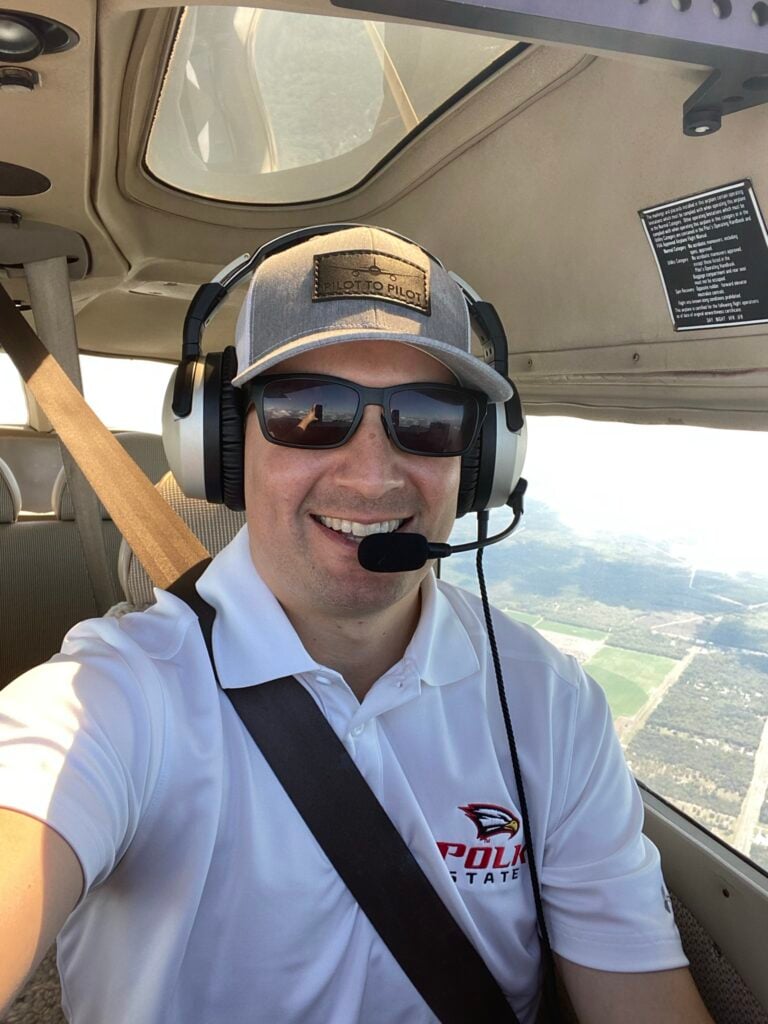


What are the Barriers?
The pilots we spoke to cited cost and visibility as the primary barriers to entry for new GA pilots. We heard that the costs of purchasing, maintaining, and fueling aircraft as well as instruction time have significantly grown in the recent past. And, cost aside, a lack of exposure to aviation can also make it hard to consider the path to becoming a pilot.
We spoke with Ty Stender, who was prepping to complete the flight portion of his CFI checkride. He had been introduced to aviation through work in agriculture with aerial applicators. He said a lot of people don’t get a clear picture of what GA is without that kind of exposure, and prior to that summer job, “aviation wasn’t a career field that anybody I knew was in or talking about.” Having had that exposure and seeing opportunities for paid piloting, he’s considering piloting as a side hustle to support flying for fun.
Expense, of course, was the most mentioned barrier. Tyler Koonce told us that cost was the biggest issue when pursuing his initial certification. “And when I was instructing that was the thing . . . with my students that was the hardest piece to figure out.” Variability in costs was another frequently mentioned concern. Pedro Fonseca Giafferis, a current CFI near Vancouver, BC, mentioned changing fuel costs, needing more instruction time, and retaking exams as items which could increase costs beyond what a prospective pilot originally expected to pay.
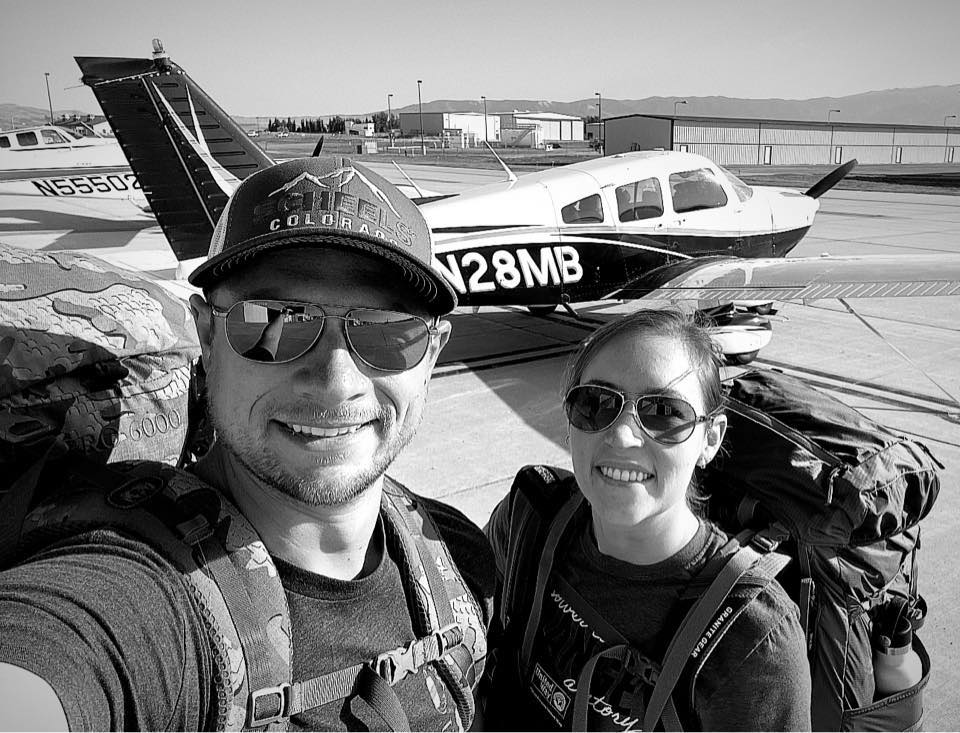
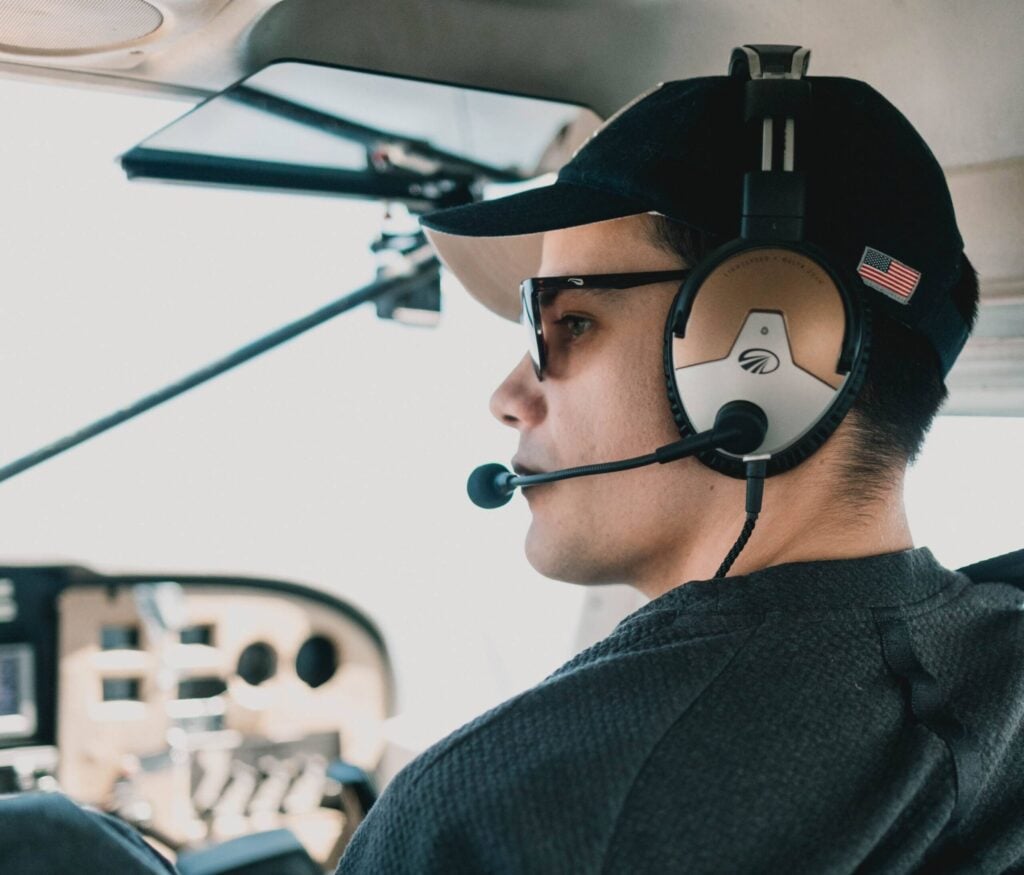
Overcoming Barriers
General aviation isn’t in decline, it’s growing, as shown by the numbers and the experiences of current GA pilots. After discussing the state of GA our conversations turned to how would-be pilots can minimize their costs to get flying and maximize their time in the air. We’ll hear more of their advice about that in the next article.
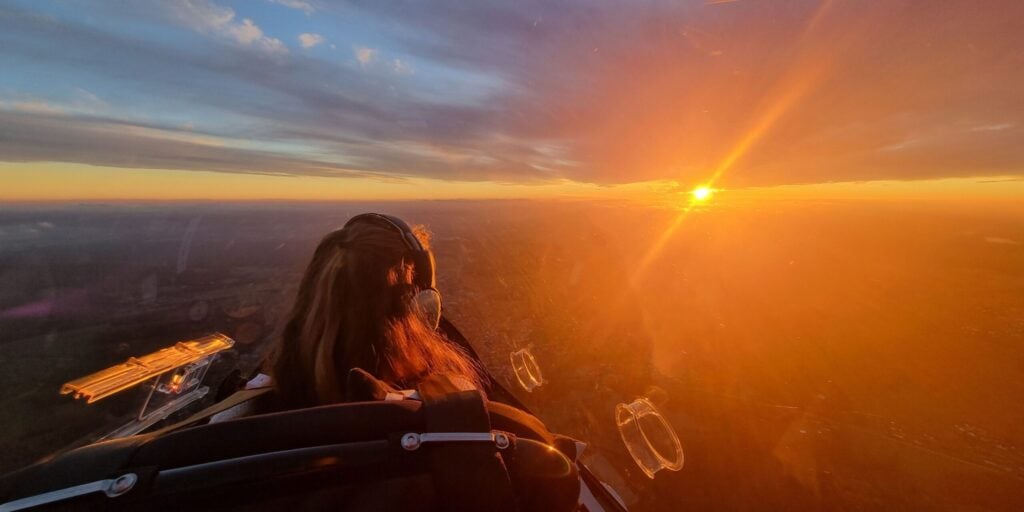

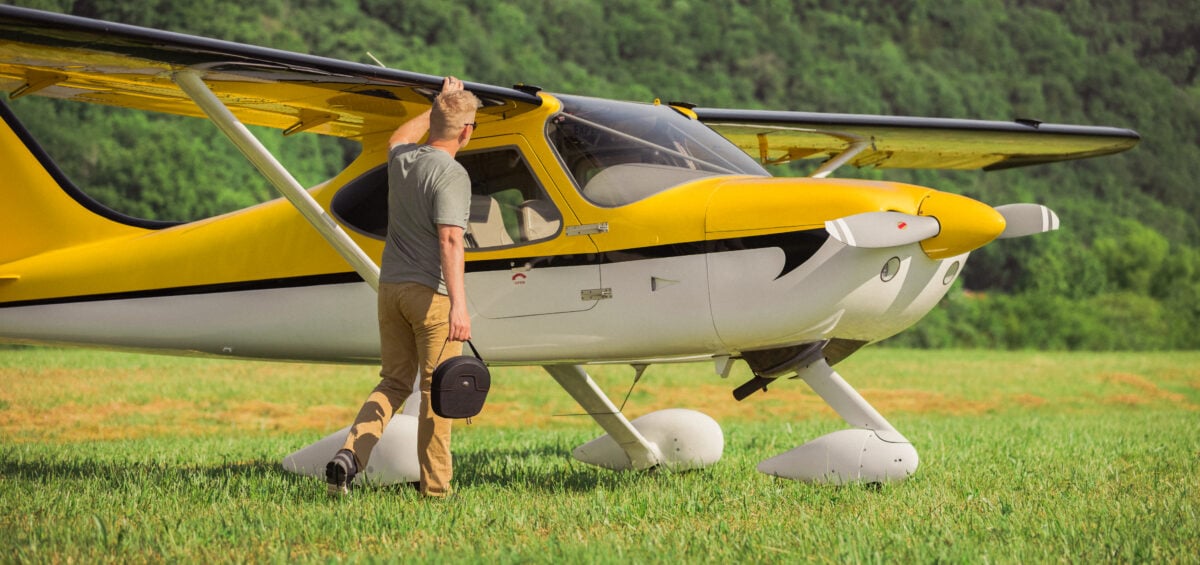
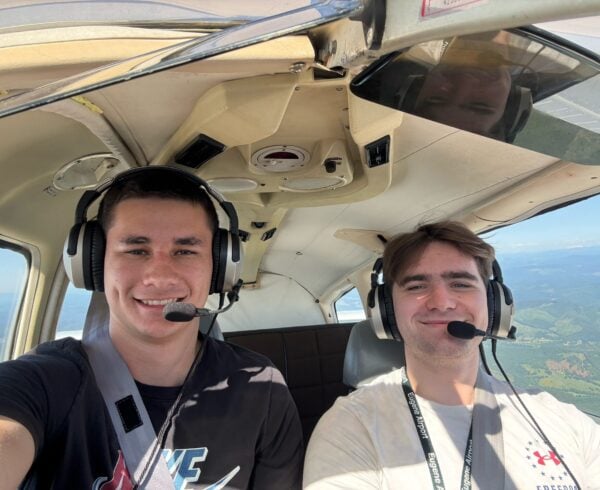


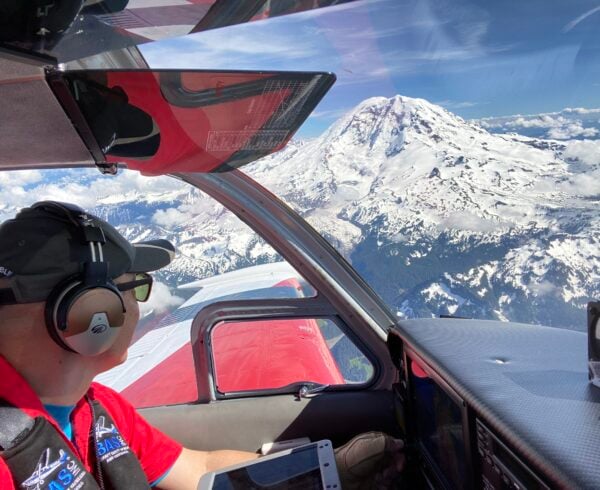
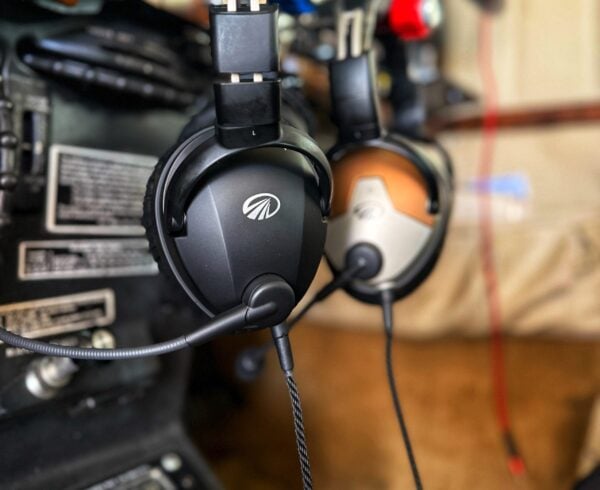








Leave a Comment